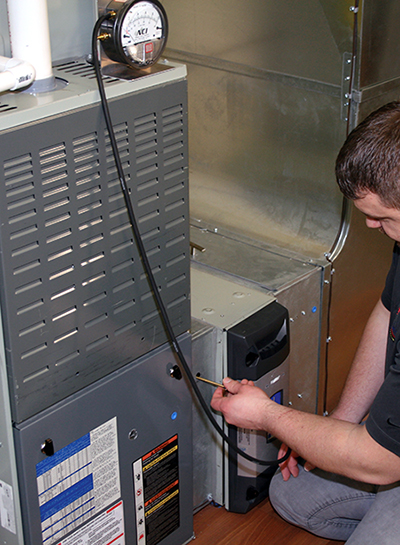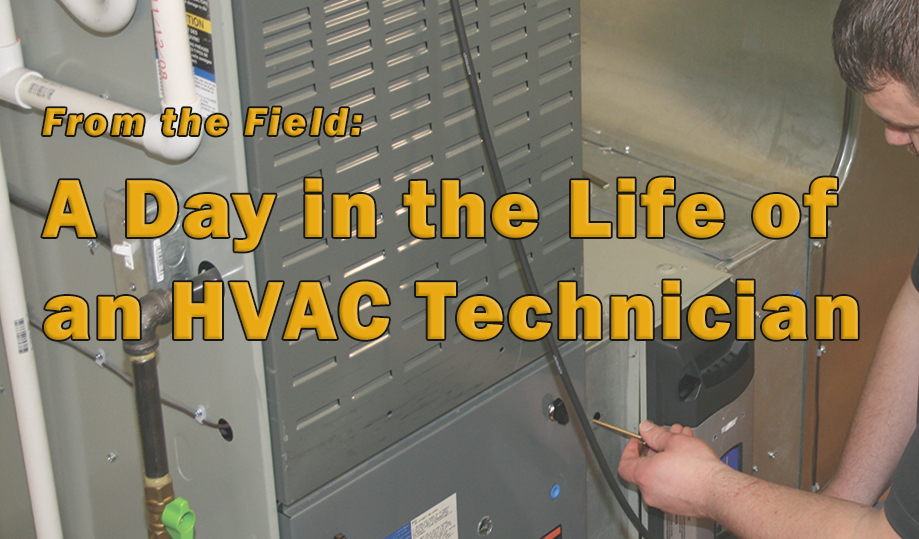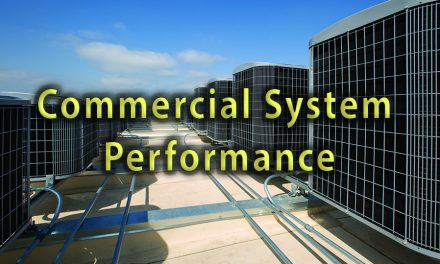HVAC technicians create solutions day in and day out. It’s a simple task when you know what you’re doing. What escalates the difficulty is not knowing the outcome when you make system improvements. The next time you create a scope of work, consider this: for every action, there is always a reaction.

Casey Contreras, NCI Trainer and Field Coach
Take driving a car for example. Step down on the gas pedal and you increase the car’s speed (that’s the action). But getting a speeding ticket (reaction) is a potential outcome. Another outcome is that I get to my destination faster.
Similarly, any renovations you make to an HVAC system can result in either a good or bad reaction.
Good performance-based technicians can think on their feet and use small windows of time to test, diagnose, and repair problems. But within that small window, you should ask yourself if you’re overlooking the outcome of the changes you make.
New Opportunities with System Testing
After my training and two years of doing high-performance testing, my mindset was either I totally fixed a problem, or I walked away. It was all or nothing. That meant walking away from jobs if I couldn’t fix 100% of the system. That plan was a bust!

A technician conducting a static pressure test on a residential comfort system
After dealing with enough rejections, I figured out this approach wasn’t working. Then I learned about optional duct renovations. I began offering these to my customers and my outcomes changed for the better. Learning how to do this work, and then doing it, increased my closing rates and profits. It also created new opportunities.
My first duct renovation started out as a no-cooling call. When I arrived, the customer took me to the outdoor unit insisting that it needed to be ‘topped off.’ Here was my first opportunity. I took time to educate him on what first needed to be done and why, before checking the refrigerant charge.
I explained the importance of static pressure and airflow in relation to refrigerant flow. His tone soon changed and he wanted to know how well the airside of his system was operating.
Like many systems out there, his system suffered from high return-duct pressure. Furthermore, his system’s filter pressure drop was in the clouds and supply duct pressure was nowhere to be found. Very quickly, the customer understood there was more going on than verifying the refrigerant charge.
From my perspective, this job needed a simple air upgrade. I also felt it needed more filter area and another return duct. It wasn’t a high-dollar ticket job, but it was very profitable because the material was so cheap.
Learning Curves
But I didn’t consider how static pressure reacts when there’s a change in design. I diagnosed the system with an undersized return and filter. I proposed installing a 16′ return duct, plus a 30 x 20 return airbox with a 30 x 20 return air filter grille. The customer agreed and I went to work.
The air upgrade took three hours plus an extra hour for testing. I was to-the-moon happy with the install and greatly anticipated my first duct renovation would be flawless. Man, I couldn’t have been more wrong.
I fired up the system and saw immediate positive results. The noise from the previous return grille dropped considerably. The customer couldn’t believe it was running and after 15 minutes he was beyond satisfied with the work.
Unfortunately, testing painted a different picture.
Click Below for Next Page:













Recent Comments